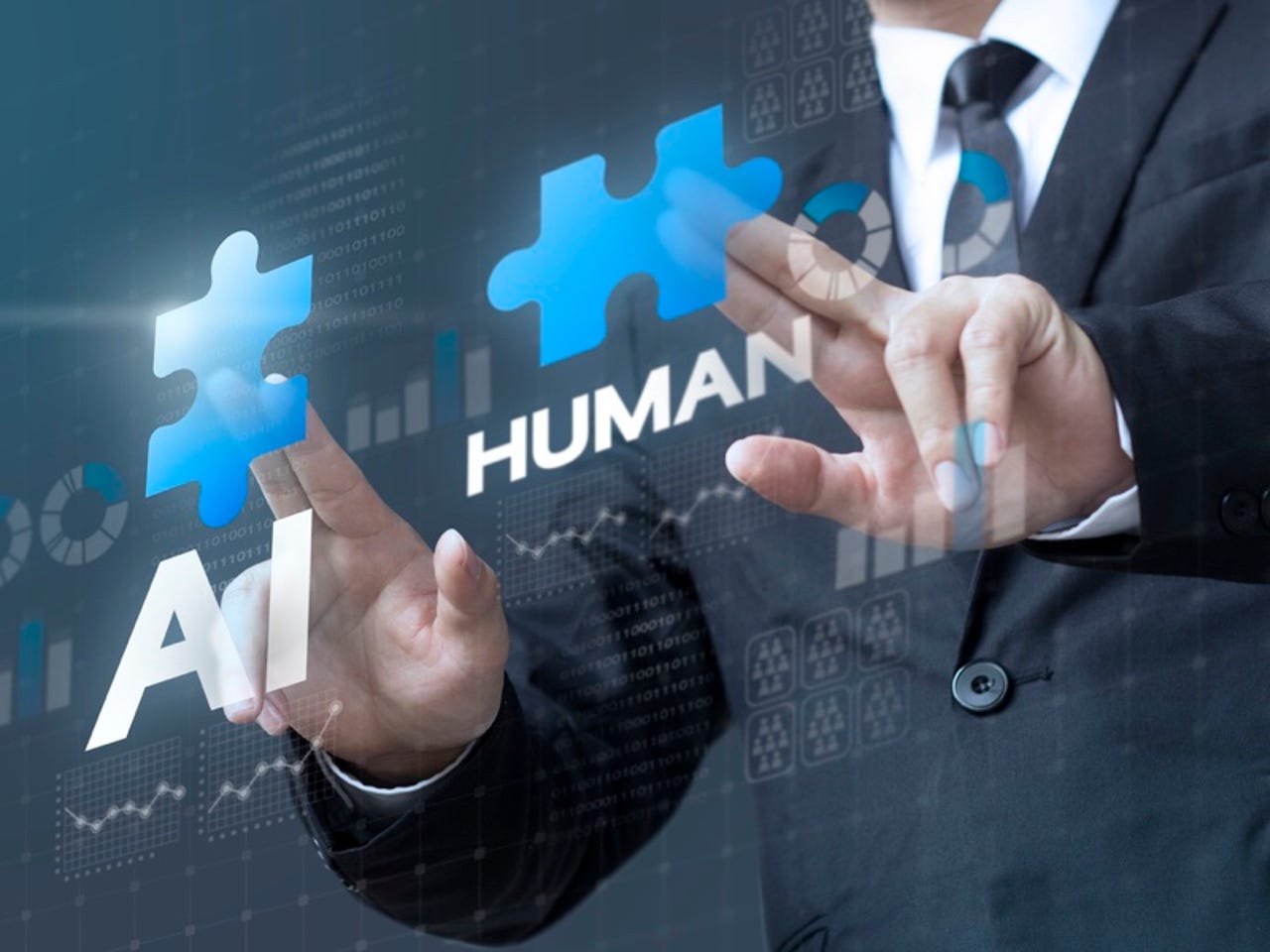Finding your way through the fourth industrial revolution

Tomorrow's production centers won't just produce parts and products; they will produce - and benefit from - inexhaustible streams of information. Essentially artificial intelligence-driven self-organizing Internets-of-Things, will operate holistically and flexibly; allowing their human workers, robot assistants and additive and subtractive manufacturing systems to optimize flows of materials and energy.
This topic will be explored at Digitalize 2018 . The conference will explore how these streams of information and the other changes being heralded by the fourth industrial revolution (Industry 4.0) will impact local manufacturing.
Importantly the conference will look at how with advances in algorithms and simulation technologies, many products are already created in the virtual world as so-called "digital twins" of their real-world counterparts. But as this process evolves, much more than just an object's geometric characteristics are being created this way. Its functional characteristics, such as expansion and contraction coefficients, and heat resistance, not to mention its security optimization, are already being tested and refined in the virtual world as well. What's more, entire manufacturing processes are also on track to being developed, tested, and optimized this way.
Knowledge Loop
What's really amazing is that the story doesn't end there. Once an object -- anything from a gas turbine blade to an entire production facility -- has been optimized in the virtual world and its physical counterpart has been built, tested, and operated in the real world, a new dimension in the virtual world is opened: Data from the physical world can flow into, refine, and augment the accuracy of the original digital twin across a product's entire life cycle.
"The concept of the digital twin completes the knowledge loop from design and testing to production and operation, and from data acquisition and analytics to improved service, and then back again," said Dr. Norbert Gaus, head of Research in Digitalization and Automation at Siemens Corporate Technology.
Along this continuum, multiple modalities will draw from and contribute to manufacturing's evolving digital ecosystem. For instance, in the near future, once a product has been created in the virtual world, its data will be seamlessly transferred to production facilities where humans, assisted by semi-autonomous robots, will use additive as well as traditional subtractive manufacturing methods to automatically translate that data into physical objects. Furthermore, as these production steps take place, they will be simulated in real time, thus allowing models of behavior to be compared with actual performance with a view to continuously improve quality and predictive maintenance.
Automated Flexibility
Such production facilities will be cyber-physical, meaning that all of their robots, machines, and processes will function as an artificial intelligence-driven self-organizing Internet-of-Things that will constantly optimize the flows of materials and energy within -- and between -- production facilities.
An example of the degree to which artificial intelligence (AI) and neural networks can optimize complex systems is provided by its application to a Siemens gas turbine. "Even after experts had done their best to optimize the turbine's nitrous oxide emissions," said Gaus. "Our AI system was able to reduce emissions by an additional ten to fifteen percent." This new world of manufacturing will open the door to production of affordable, individually-produced parts and products tailored to customers' unique demands and scheduling requirements, as well as to the use of composite materials designed to increase the performance-to-weight ratio of parts and products.
Although this vision remains to be fully realized, Siemens already provides many parts of this new industrial ecosystem. Furthermore, through its laboratories around the world, the company is rapidly generating prototype manufacturing solutions. A leader in simulation and factory automation technologies, Siemens is actively merging its vast domain know-how with big data from the virtual and physical worlds in MindSphere, its open, cloud-based IoT operating system. Whether it's digital planning methods (virtual reality), additive manufacturing, software for robotic systems, or new technologies for Industrie 4.0 environments, Siemens is leading the way.
Industry experts from Siemens, Dulux and members of the Prime Minister's Industry 4.0 Taskforce will be discussing these topics at Digitalize 2018 on 8th August at the MCG.